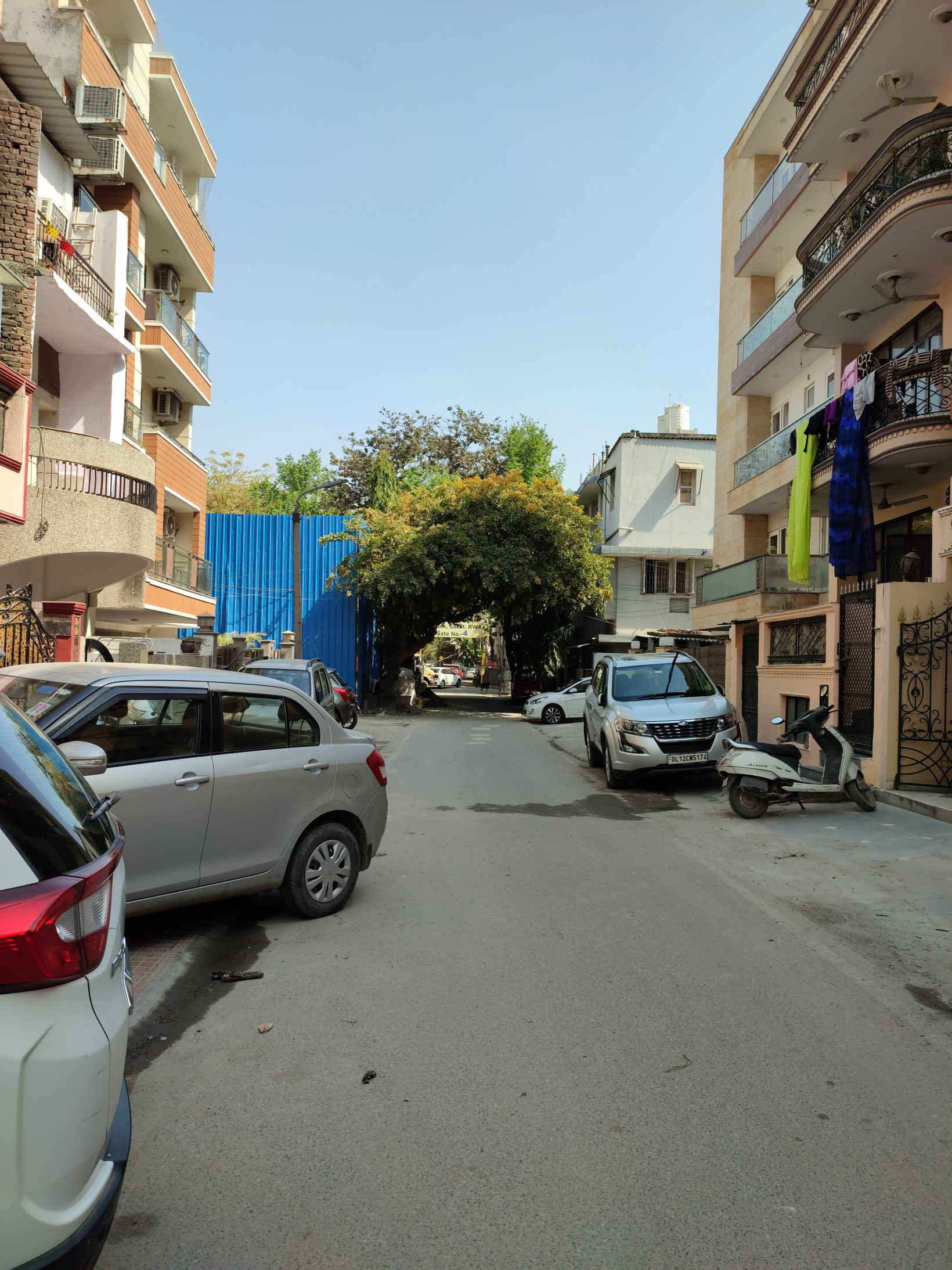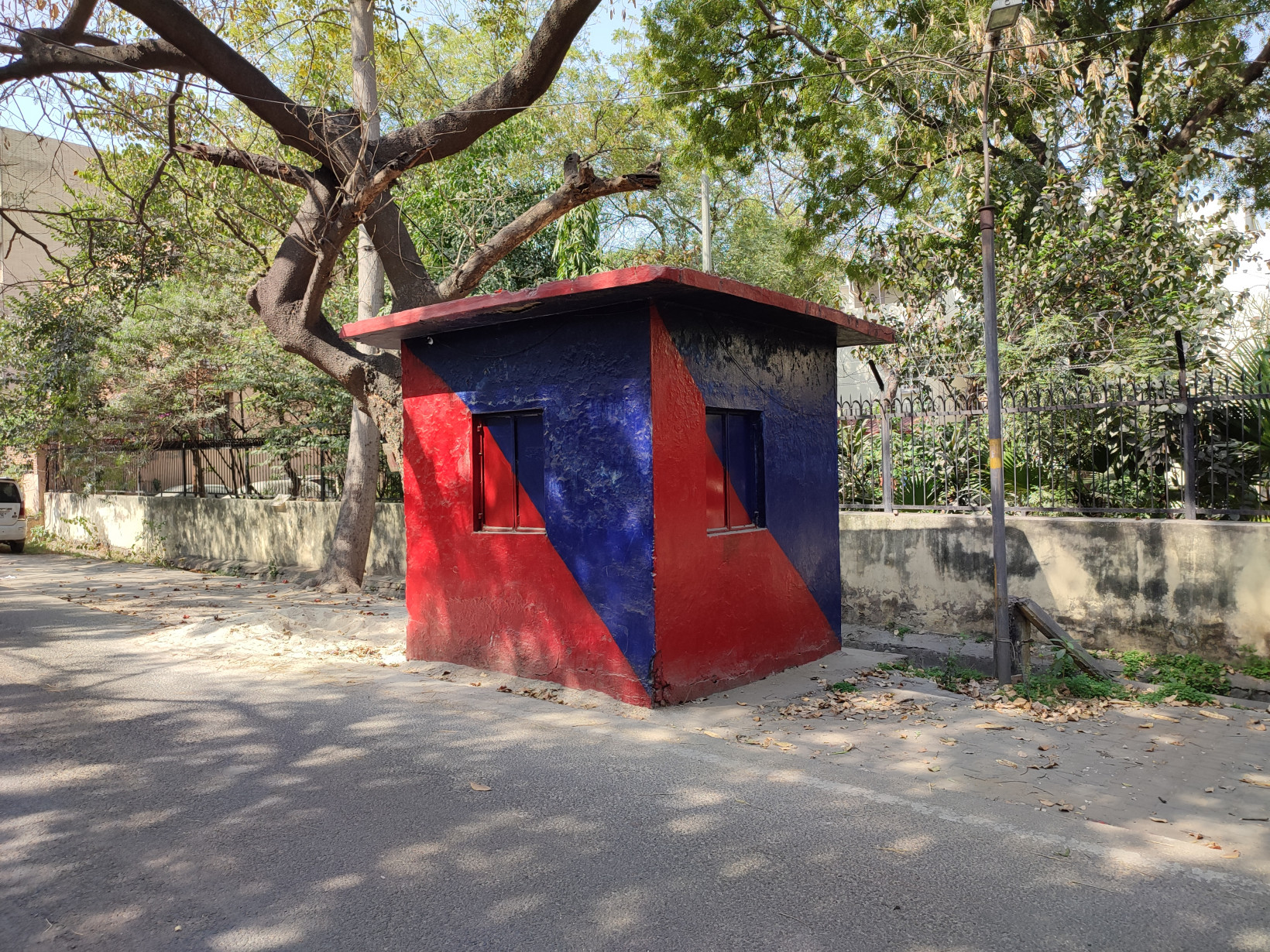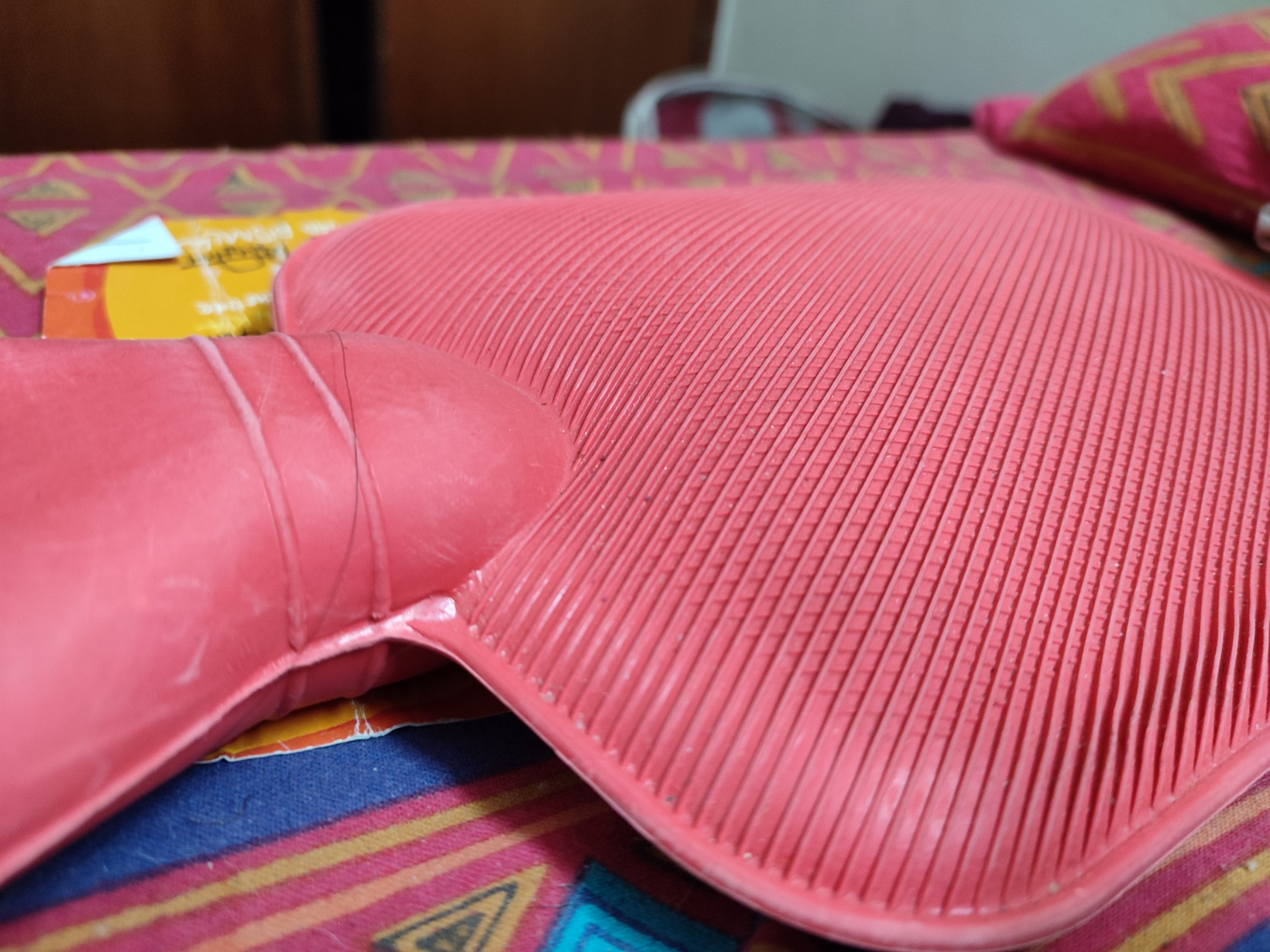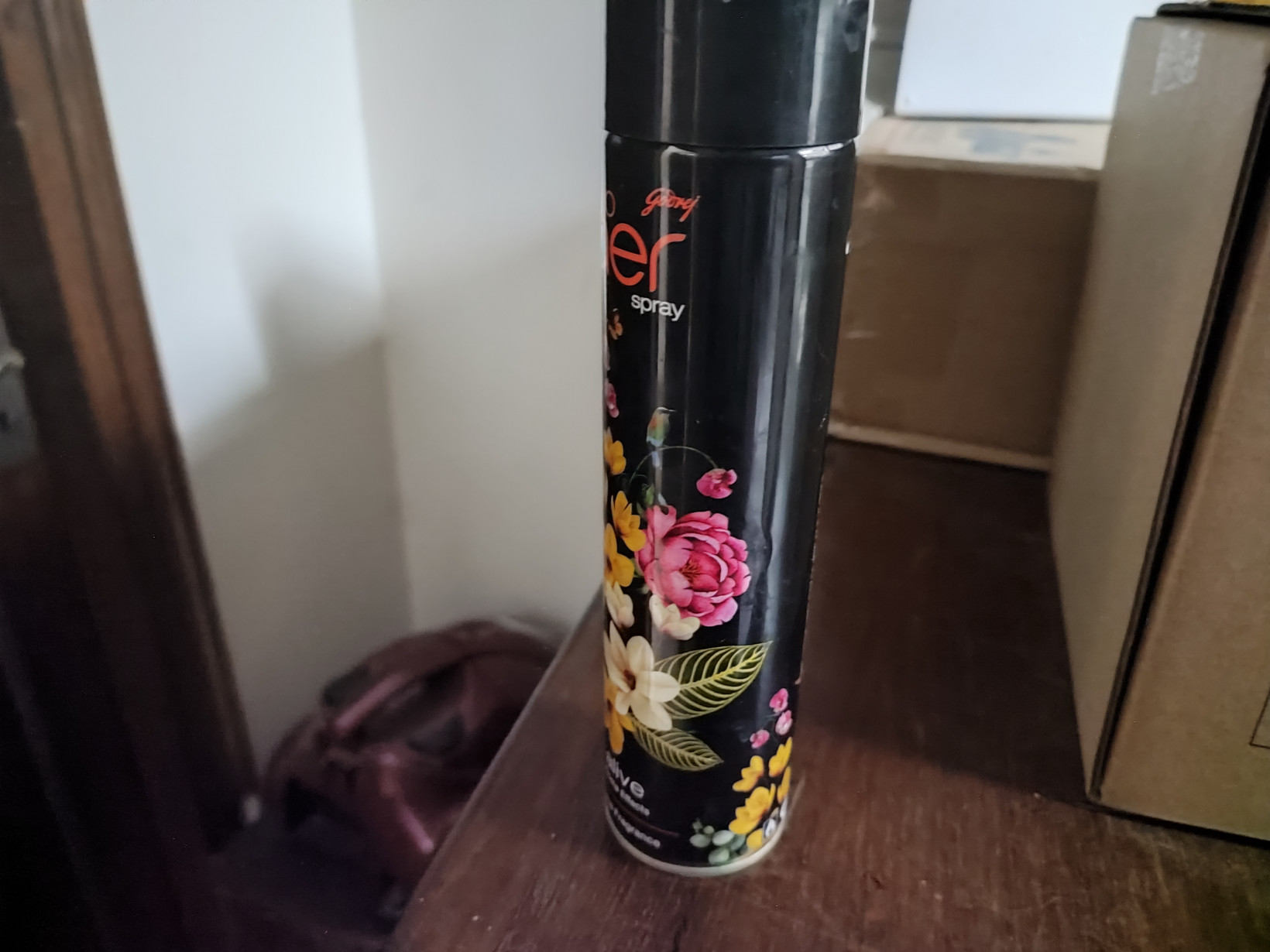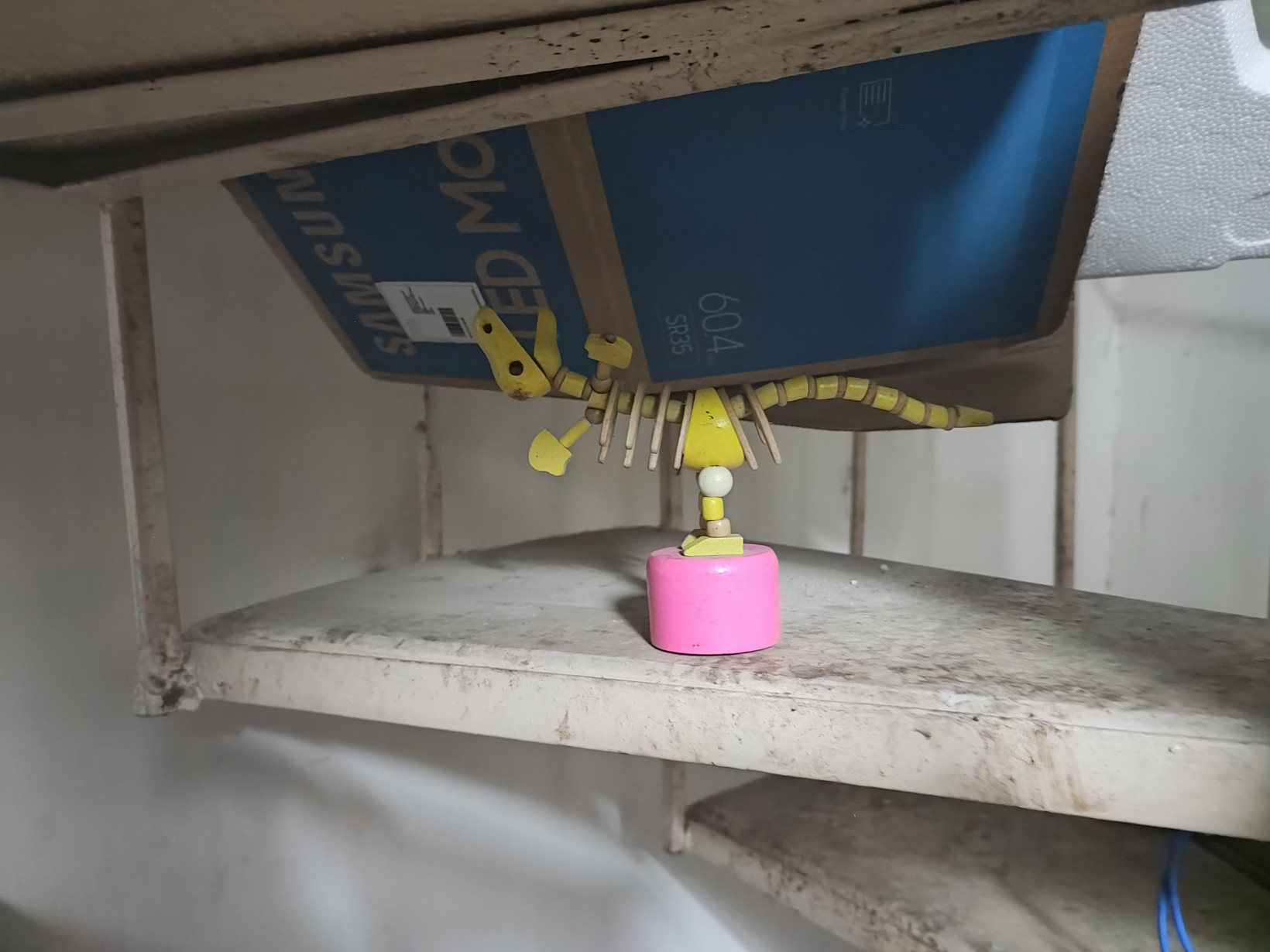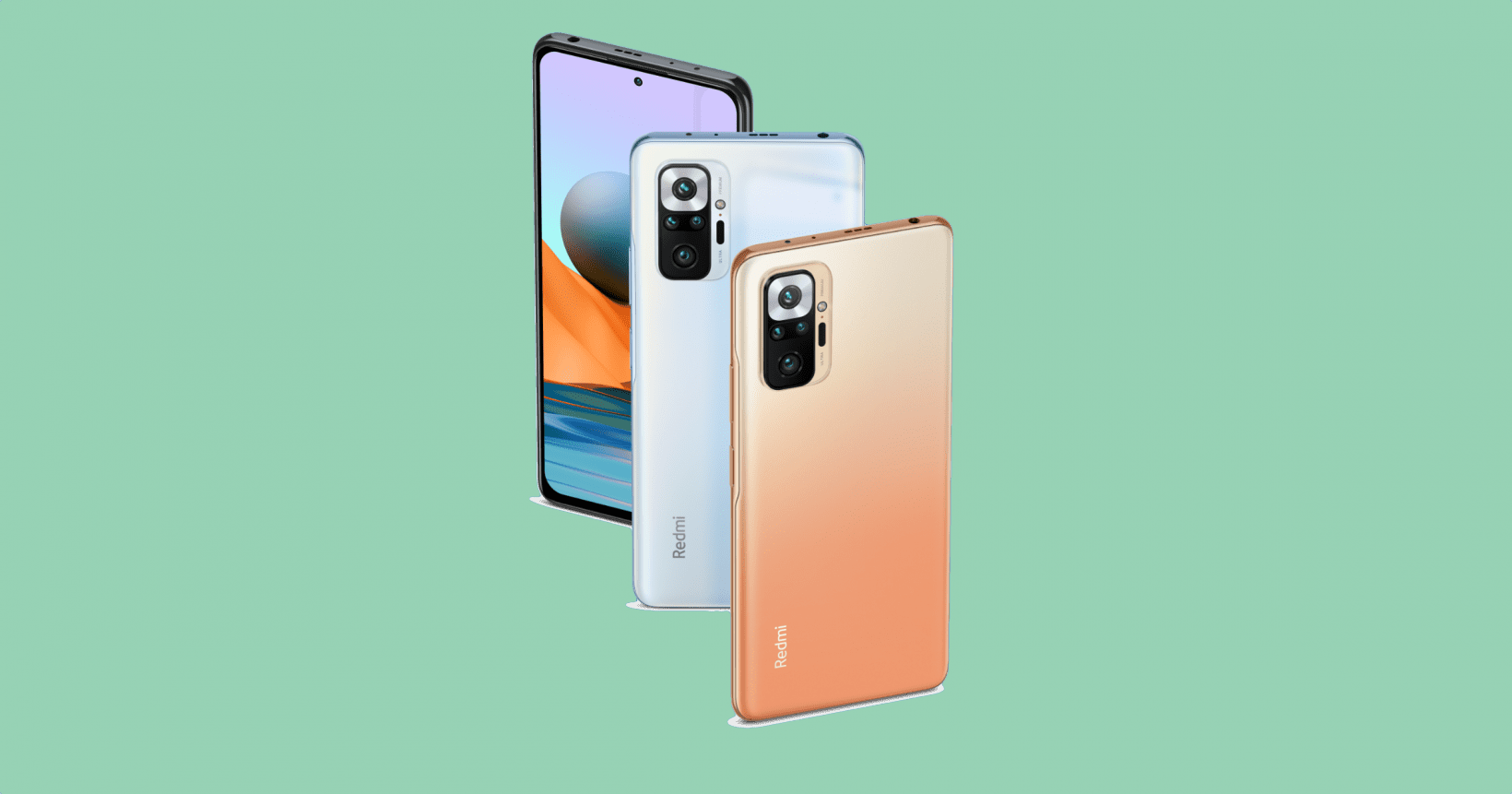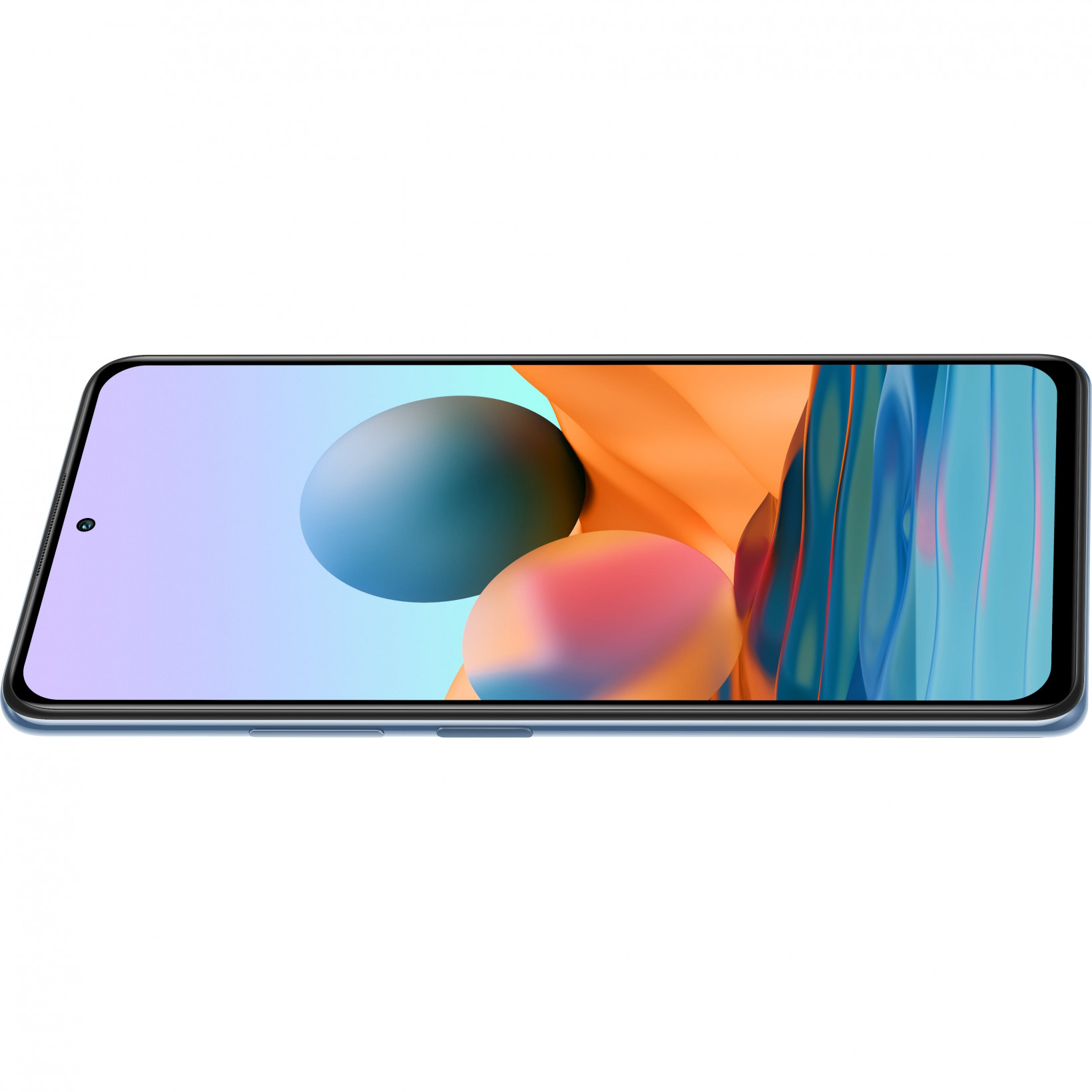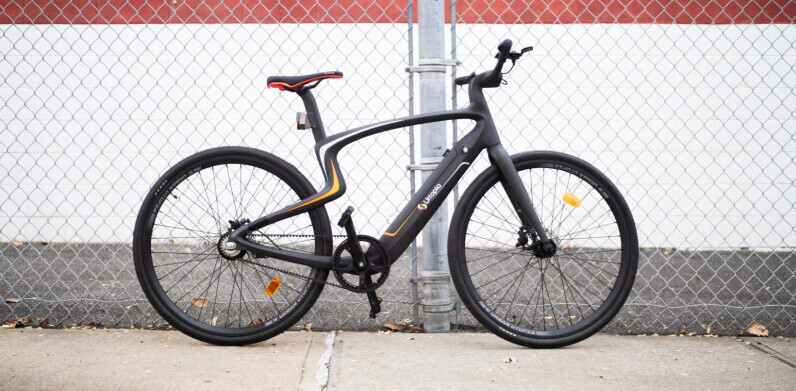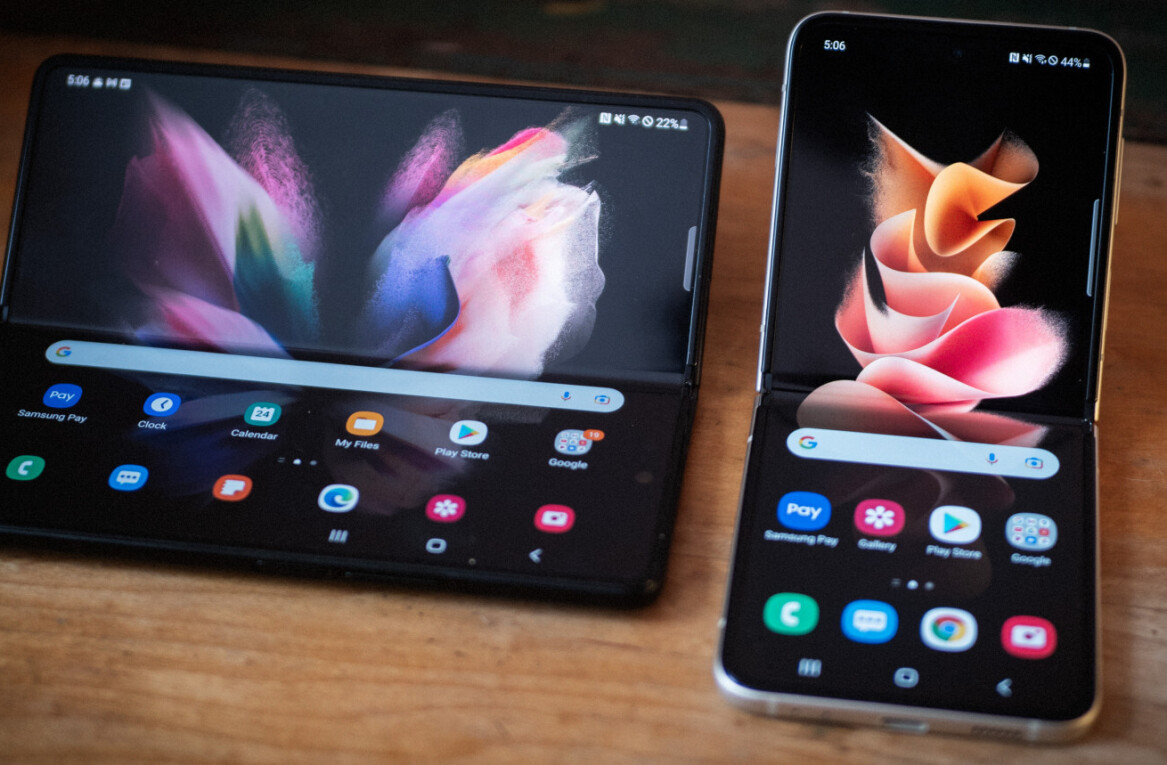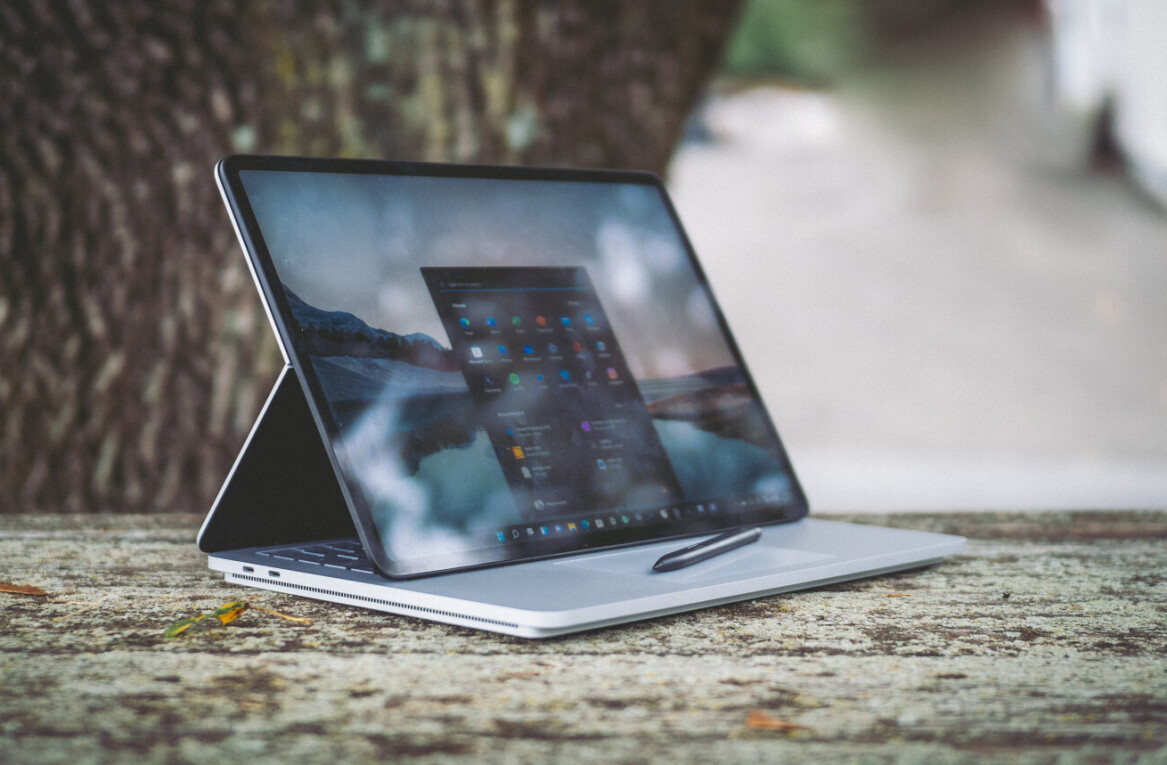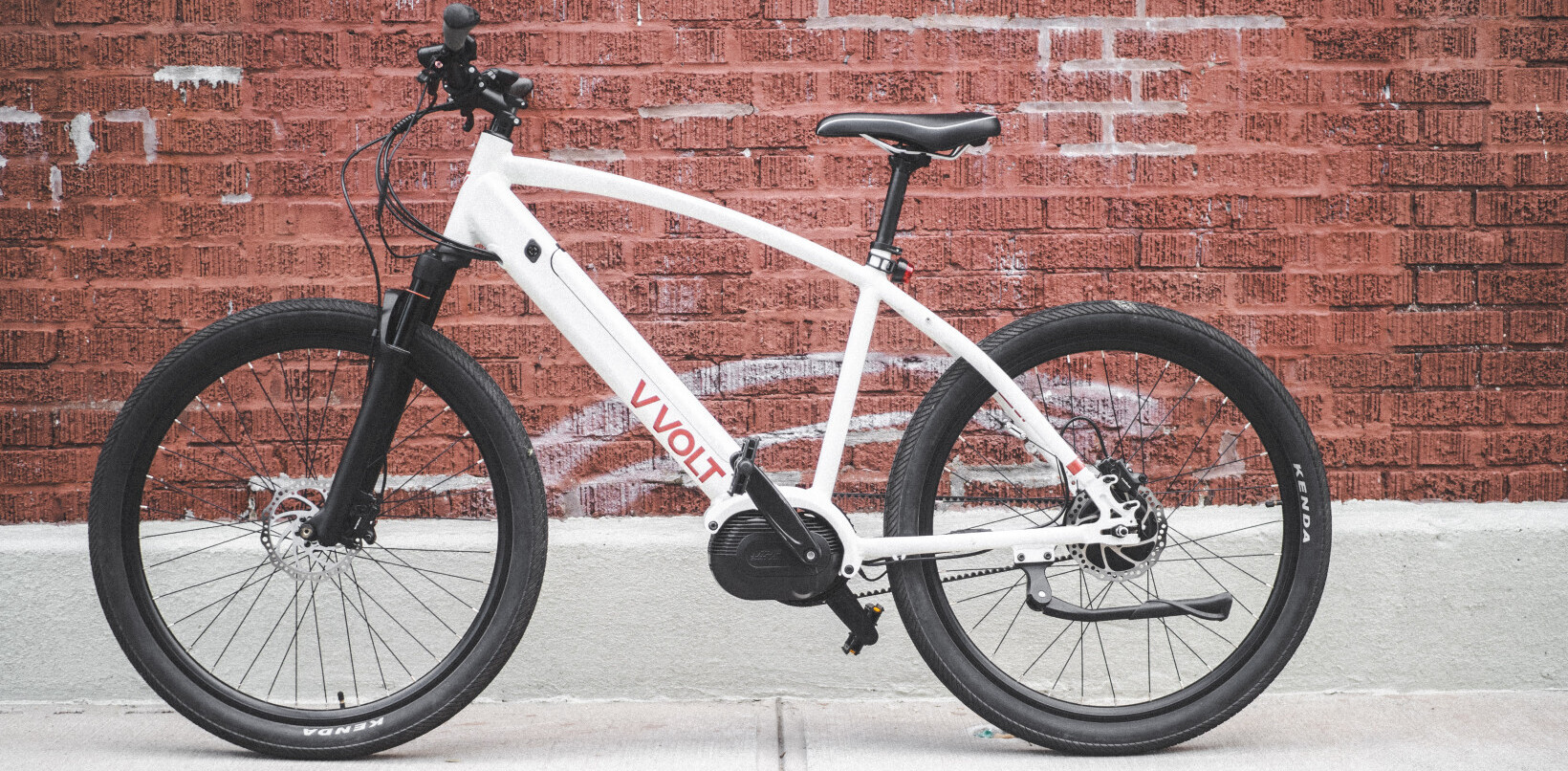
Xiaomi’s Redmi Note series is a much-celebrated line in the world of affordable phones. Today, the company launched the latest generation — Note 10 series — globally. It also launched the same series in India with some slight rebranding in names.
While there are multiple phones in this series, I’ll mostly concentrate on the Redmi Note 10 Pro — the model known as the Redmi Note 10 Pro Max in India.
It’s the highest variant of the series featuring a 6.67-inch full HD AMOLED with a 120Hz refresh rate — a first for Xiaomi in this series. Last year, the Chinese tech giant had launched the Poco X2 with a 120Hz refresh rate display at just $225.
I’ve been using the Redmi Note 10 Pro for more than 72 hours. But before I’ll tell you about my first impression of the phone, let’s take a look at its impressive specsheet.
Specifications
- Screen: 6.67-inch fullHD AMOLED display
- Refresh rate: 120Hz
- Processor: Qualcomm Snapdragon 732G
- RAM: 6GB/8GB
- Internal storage: 64GB/128GB (UFS 2.2 storage type; flagship phones usually get a faster UFS 3.1 type storage)
- Rear camera: 108-megapixel wide sensor with f/1.9 aperture + 8-megapixel ultrawide sensor with f/2.2 aperture + 5-megapixel telemacro sensor with f/2.4 aperture + 2-megapixel ultrawide sensor with f/2.4 aperture
- Front camera: 16-megapixel sensor with f/2.45 aperture
- Battery: 5,020 mAh
- Software: MIUI 12 based on Android 11
First impressions: Design and display
The moment I picked up the phone from the box, I felt how thin and light it was. Just for a comparison, it’s 16 grams lighter and 0.7mm thinner than the Redmi Note 9 Pro. Now, these numbers might not seem significant at first, it makes a substantial difference in how you hold the phone. Good on you, Xiaomi.

On the back of the phone, the company has switched the camera module to a rectangular corner placement from a squarish center-placed module in its predecessor. The fingerprint scanner remains side-mounted, and I usually find it more convenient to unlock the phone than an under-the-screen solution.

You may find still find some tones overly saturate. But you can tone them down by selecting standard color settings in the display menu — so it is far from being a dealbreaker. This is a huge upgrade from the previous year’s LCD panel.
Then there’s also support for 120Hz refresh rate and it makes everything super smooth: from scrolling through webpages and apps to gaming (I haven’t tried much of that in this phone).
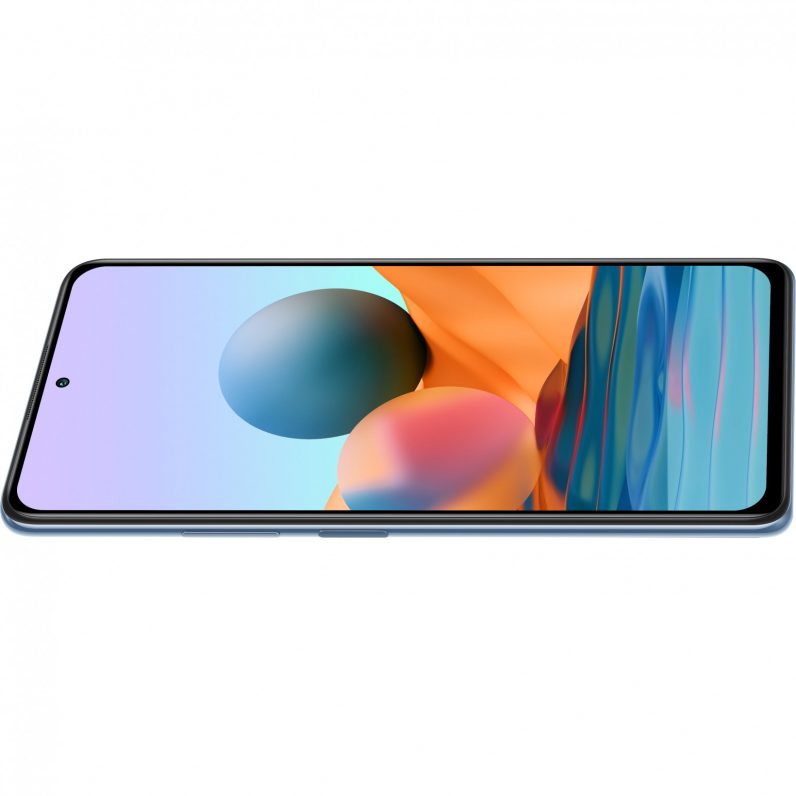
It’s worth noting the phone boots up in 60Hz mode, so you’ll have to go to settings to enable a 120Hz refresh rate. The battery might take bit of a hit doing this, but with a massive 5020mAh cell inside, I’m hoping it could last at least a whole day — even at a high refresh rate.
Camera
The second major selling point for this phone is its 108-megapixel camera. It didn’t blow my mind, but it does takes great photos for a phone at this price range. The Samsung ISOCELL sensor is physically larger than the Note 9 Pro’s 64-megapixel shooter. However, it’s not a flagship-level sensor used in the Mi 11.
In daylight, the camera captures details of objects well, but it slightly saturates some colors to make photos look more punchy and contrast-y. This is a familiar trope with this series of phones, so if you’re using these photos for your Instagram, you might even get more likes. You can use the wide-angle camera for generic landscape shots, but it loses out on details if you’re trying to capture a specific shot with some objects.
The telemacro camera is a total hit-and-miss though, so I’d avoid using it unless you want to take a close shot of an object in very well-lit conditions.
Xiaomi said that there’s an improved night mode on the phone, but it makes pictures better if but it works better when there’s some light around. Even then you might see some noise, but various Instagram filters can hide that. Just don’t use this mode in super dark conditions.
Overall, the Redmi Note 10 Pro stays true to its series name and provides immense value for the price. While I’ll write a full review after using the phone for a longer duration, I think there’s nothing much wrong with the device apart from its mid-range caveats.
In India, this phone starts at ₹18,999 ($260). In other markets, it’s launched at $279, and that’s a steal for a device with a great display and a good camera for the range.
Get the TNW newsletter
Get the most important tech news in your inbox each week.


